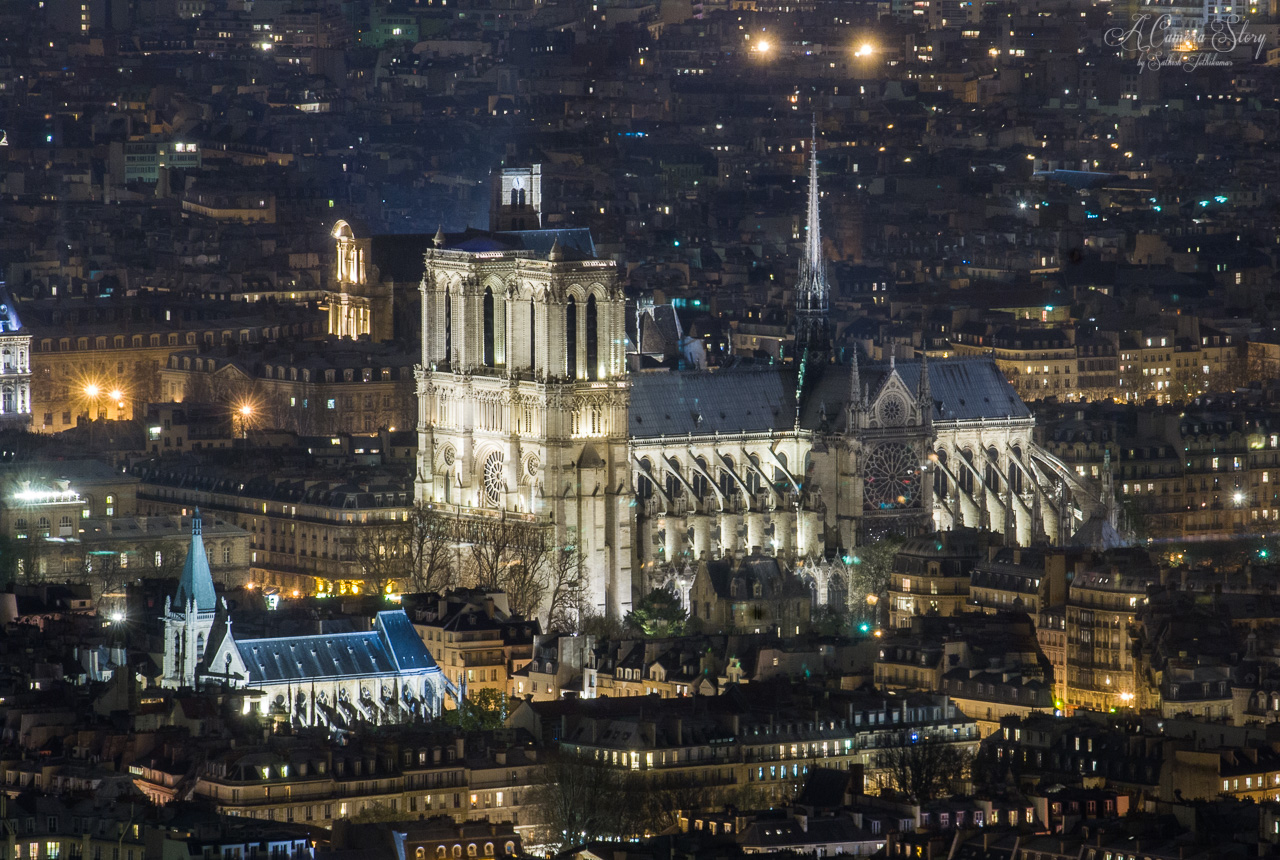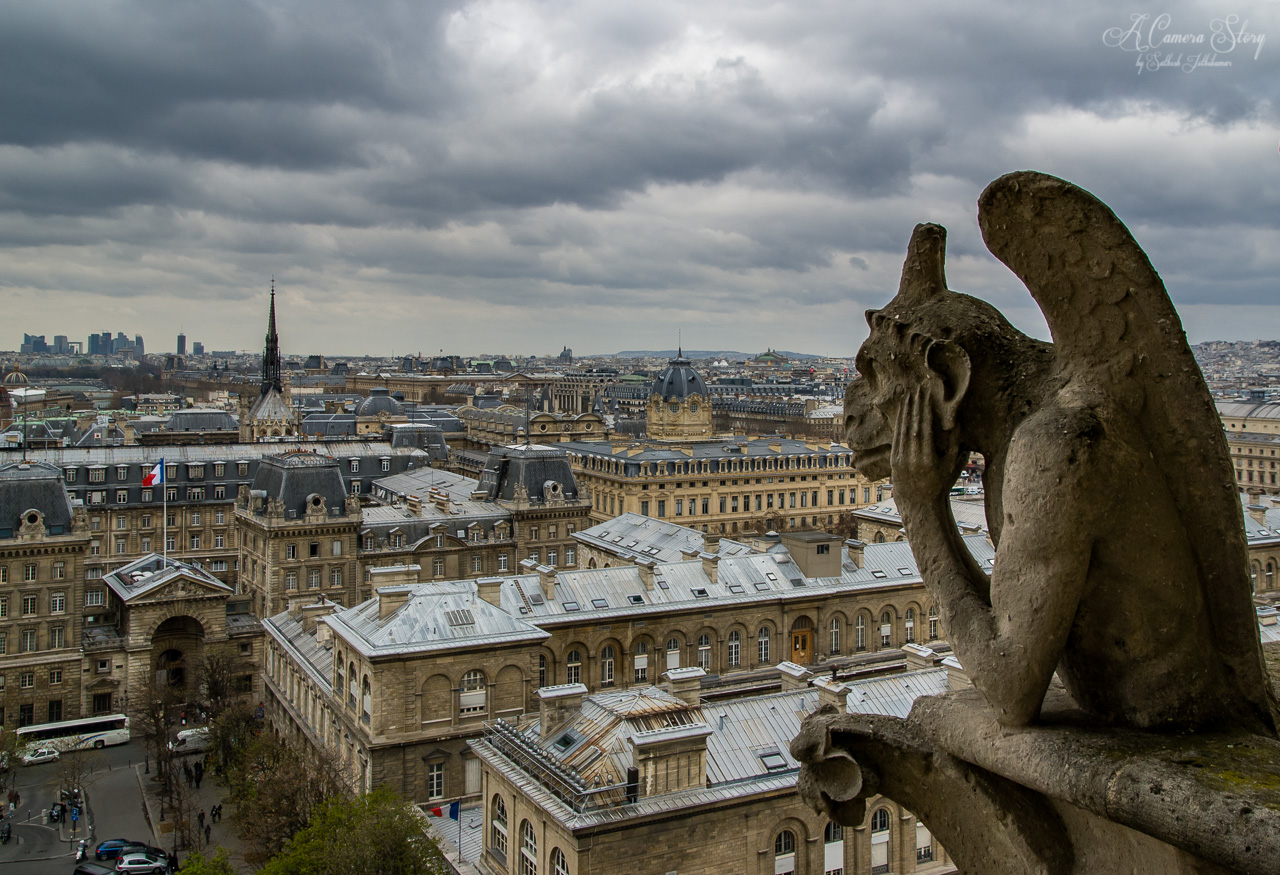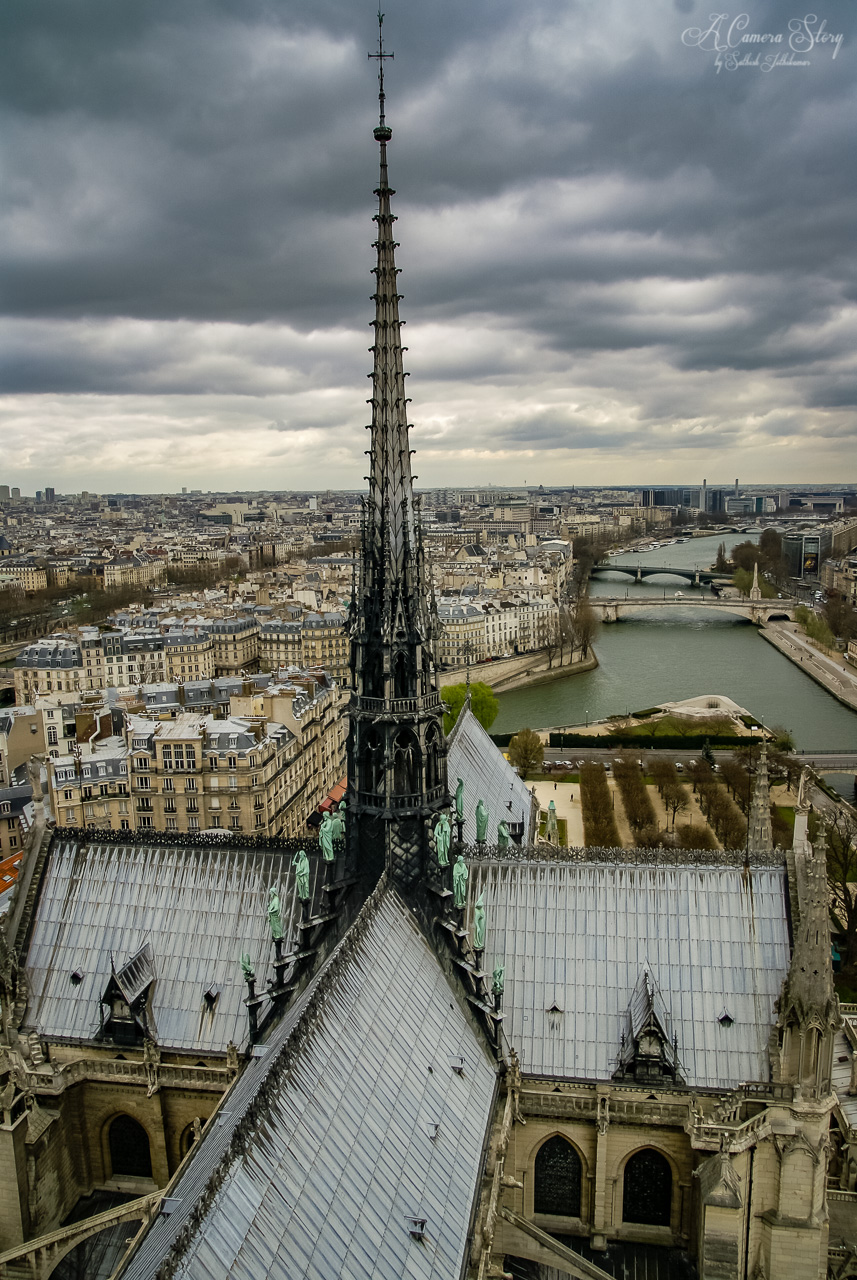Two years ago, to the day, I was wrapping up the last few days on a guided tour through the island of Honshu in Japan. I am not normally a fan of guided tours that feel like a roller coaster ride, especially in a country like Japan where you can barely peel the surface of the complex subcultures of this diverse country. Between language barriers, the lack of any planning effort, or large mob mentality, I could never grasp the history and origins of a particular culture or place and thereby immerse myself as I normally try to do. It may not have been the right way to travel in Japan, but considering it was also one last goodbye to many friends whom I have known dearly for two years, it was worth the tradeoff.
Despite these barriers, I still felt a sensory overload: visual, aural, and oral. There was just so much happening on this whirlwind of a trip through different places, and the smells, the sights, and the sounds have taken quite a bit of time for my brain to process. My camera managed to preserve certain moments of time while the journal managed to capture some of the memories and emotions I felt as I traveled through very diverse locales and cities. And yet, I feel that I have barely scratched the surface of the experiences I have had.
Tokyo
Japan





